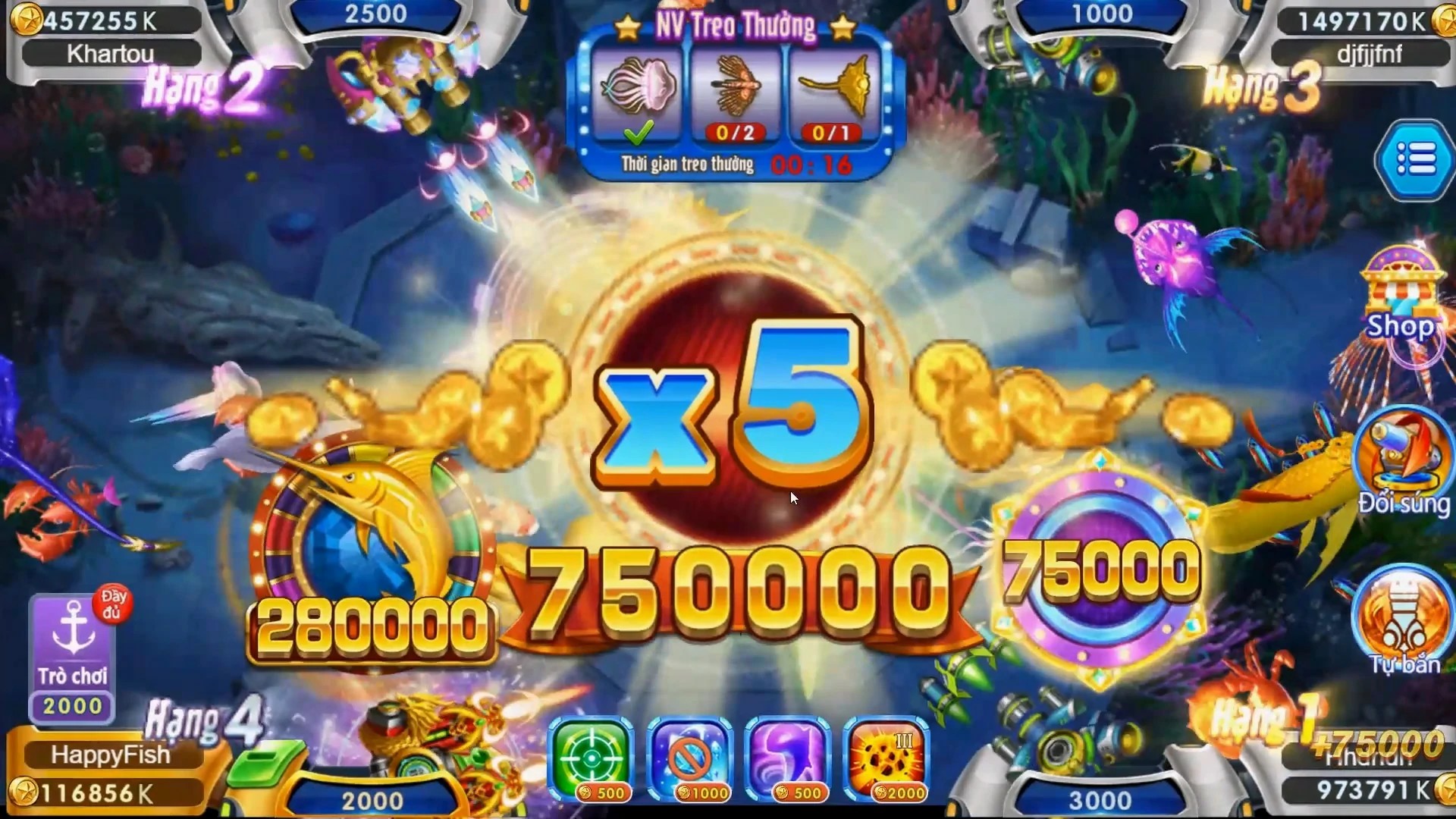Why Idle Games Are the Future of Casual Gaming: Unveiling the Hidden Charm
If you're a casual gaming enthusiast, you might have noticed a rising trend: idle games. These titles are becoming increasingly popular, captivating players with their unique charm and engaging mechanics. But what exactly makes idle games the future of casual gaming? In this article, we'll delve into the captivating world of idle games and explore their appeal, growth, and why they might just dominate the casual gaming space in the coming years.
The Allure of Idle Games
At the core of idle games is the simplicity and accessibility they offer. Players can engage with them without the need for intense focus or continuous action. Typically, you start off with a simple mechanic—clicking a button or two. As you progress, the game allows you to automate tasks, unlocking new features and upgrades along the way. This combination of low pressure and a rewarding gameplay loop appeals greatly to casual gamers, making them a favorite choice during downtime or while multitasking.
A Peek into What Makes Idle Games Different
Unlike traditional games where failure might mean losing progress or a need for intense involvement, idle games flip the script on what it means to "play." Here’s a quick list of what sets idle games apart:
- Minimal Engagement: Players can check in sporadically without feeling penalized.
- Rewards for Inactivity: The game continues to progress even when you're away.
- Easy Learning Curve: Most games come with tutorials that guide you through the basics.
- Visual & Auditory Satisfaction: Many idle games feature ASMR-like sounds that are pleasing to the ears, enhancing the experience.
The Rise of YouTube ASMR Video Game Collections
One major factor fueling the growth of idle games is the rise in content creation on platforms like YouTube. Channels featuring ASMR video game collections have thrived, showcasing gameplay in a soothing, calming manner. Viewers can enjoy hours of relaxing content while getting a taste of the mechanics and progression of various idle games. These videos promote community engagement, inviting players to try out games they might not have considered before.
RPG Internet Games vs. Idle Games
While RPG internet games have their own loyal following, idle games present an alternative that appeals to those seeking relaxation over immersion. RPGs often require deep story engagement and character development, which might be tiring for the casual players who simply wish to enjoy a game without extensive commitment. In contrast, idle games provide a balance of engagement without the weight of complex storylines. The table below highlights key comparisons:
| Feature | RPG Internet Games | Idle Games |
|---|---|---|
| Engagement Level | High | Low to Moderate |
| Time Investment | High | Low |
| Interaction | Active | Passive |
| Complexity | High | Low |
Why Casual Gamers Are Turning to Idle Games
Many casual gamers are drawn to idle games because they offer an escape from the pressures of more demanding titles. The satisfaction of watching your progress unfold without needing to play for extended periods is immensely satisfying. Idle games provide the perfect blend of size, scope, and simplicity—ideal for anyone with a busy lifestyle. They empower players to set their own pace and enjoy gaming without the weight of obligation. Furthermore, this style of gameplay offers a sense of accomplishment even when you are not actively participating, creating a cycle of rewarding player experience.
Charting the Growth of Idle Games
Since their inception, idle games have surged in popularity. Here are some key statistics that highlight their growth:
- Over 30% of mobile gaming revenue comes from idle games.
- A recent survey showed that 60% of casual gamers have played some form of idle game.
- The average session length for idle games is significantly higher than that of traditional mobile games.
Understanding the Psychological Appeal
Idle games tap into several psychological triggers that keep players coming back. They play into the “FOMO” (fear of missing out) phenomenon; players are drawn to the idea that their progress continues without them. This sense of perpetual growth builds on the human instinct for achievement, propelling players to check in frequently.
The Future of Casual Gaming: Trends to Watch
As gaming technology advances, we can anticipate several trends that idle games may embrace:
- Integration of Augmented Reality: Imagine managing your idle game while walking in the park, with overlays showcasing your achievements!
- Social Integration: Interactive features allowing friends to view each other’s progress could enhance community engagement.
- Hybrid Gameplay: Merging elements of RPGs into idle games could cater to diverse audiences and maintain user interest.
Bridging Cultures Through Idle Games
Entertainment mediums such as video games can often bridge cultural divides, and idle games are no exception. Popular in various regions, these games often incorporate local themes or elements that resonate deeply with players, further expanding their global reach.
Challenges Facing Idle Games
Despite the remarkable rise, idle games come with their fair share of challenges. They need to ensure player retention without becoming monotonous. As more and more titles flood the market, developers must innovate continuously to create unique experiences that captivate their audience. Balancing monetization—turning profits while keeping gameplay enjoyable—is also a fine line to walk.
Concluding Thoughts
Idle games have reinvented the way many people approach casual gaming. They offer a refreshing alternative for those wishing to engage with games in a more relaxed manner, allowing for a satisfying return to gaming without heavy time commitments. With advancements in technology and continuous community engagement, these games promise to evolve and grow, solidifying their place as the future of casual gaming. So why not dip your toes in? You might find that idol games are not just a passing trend, but a delightful oasis in the bustling world of gaming.



